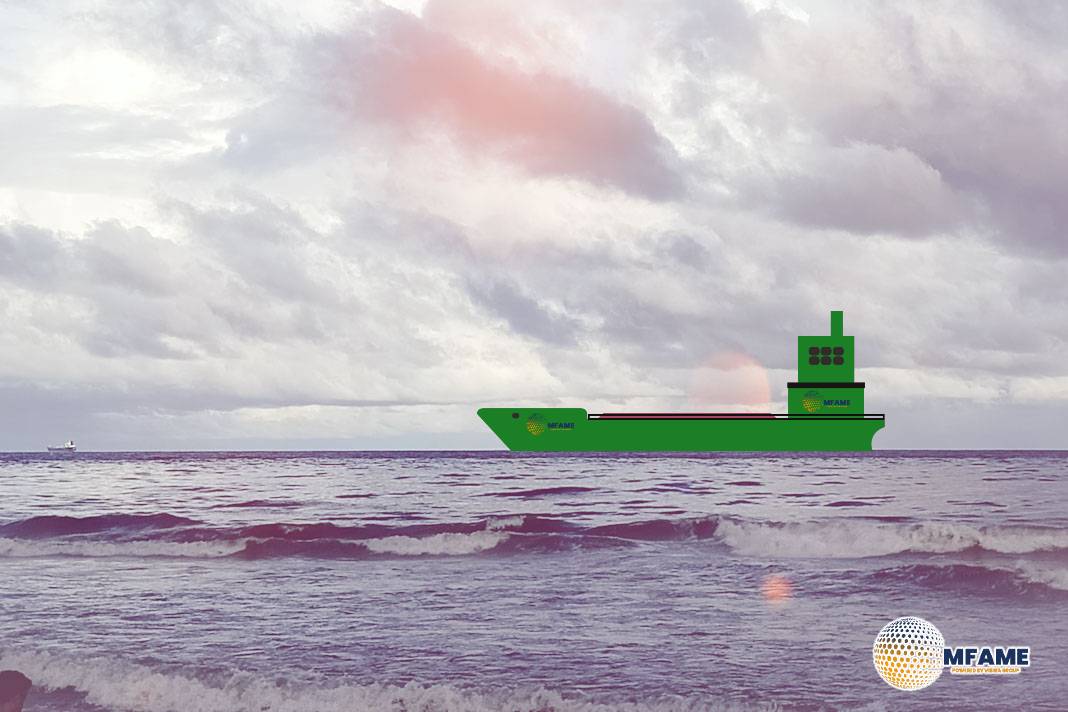 Japan’s largest shipping groups are tightening their partnership with major domestic shipyards to accelerate development of next-generation low-carbon vessels, beginning with liquefied carbon dioxide (LCO₂) carriers for carbon-capture projects, according to Nikkei Asia and company announcements.
Japan’s largest shipping groups are tightening their partnership with major domestic shipyards to accelerate development of next-generation low-carbon vessels, beginning with liquefied carbon dioxide (LCO₂) carriers for carbon-capture projects, according to Nikkei Asia and company announcements.
Consortium Targets 2028 for Domestic LCO₂ Carrier Supply Chain
The initiative brings together Kawasaki Kisen Kaisha (“K” Line), Mitsui O.S.K. Lines (MOL) and Nippon Yusen Kabushiki Kaisha (NYK Line) with Mitsubishi Shipbuilding, Imabari Shipbuilding, Japan Marine United (JMU) and Nihon Shipyard, which is jointly owned by Imabari and JMU.
Their stated aim is to standardize LCO₂-carrier designs and establish a domestic construction and supply chain strong enough to support large-scale international CO₂ transport from Japan by around 2028.
The core of the alliance dates to August 2024, when the seven companies launched a joint study on standard specifications and designs for LCO₂ carriers in Japan and said they would also consider designing and building new-fuel ships using decarbonization technologies including ammonia.
Early technical outcomes were recorded in October 2024, when classification society ABS granted approval in principle (AiP) for two Japanese LCO₂ carrier designs — a 50,000-cubic-meter vessel and a 23,000-cubic-meter vessel, both equipped with type-C cylindrical tanks in carbon-manganese steel operating at low temperature and pressure.
The project team involved Mitsubishi Shipbuilding, Nihon Shipyard, K Line, MOL, NYK, Mitsui & Co. and Mitsubishi Corporation. ABS president and COO John McDonald said that “the safe transportation of CO₂ plays a vital role in the carbon value chain,” presenting the AiP as part of the wider energy-transition pathway in shipping.
Mitsubishi Shipbuilding and Nippon Gas Line separately obtained an AiP from ClassNK for a low-pressure coastal LCO₂ carrier intended to collect CO₂ from small capture sites in Japan, particularly around the Seto Inland Sea, and transport it to base terminals for export or domestic storage under government-backed CCS programs.
Japan Boosts R&D for Low-Carbon Shipbuilding
ClassNK noted that such coastal ships will be necessary for building a complete CCS value chain alongside larger domestic and international carriers. Japanese companies are also expanding joint R&D efforts. Earlier this month, NYK Group’s MTI, Mitsubishi Shipbuilding, Tsuneishi Shipbuilding, JMU, Mitsui E&S and several national research institutes and universities initiated a five-year project to develop an “Integrated Simulation Platform for Sustainable and Competitive Maritime Industry.”
Funded through the government’s K Program and supported by the Japan Science and Technology Agency, the project runs from October 2025 to September 2030 with a budget of up to ¥12 billion. The platform is intended to enable virtual evaluation of ship performance, lifecycle emissions, supply-chain impacts, alternative fuels including ammonia, wind-assisted propulsion, energy-saving devices, advanced control and autonomous-navigation systems, and seasonal high-resolution forecasts for weather and sea conditions.
The initiative aims to shorten development cycles for complex newbuilds and help domestic yards scale up production of high-specification low-carbon vessels despite a shrinking workforce.
These efforts coincide with a major investment program by the Shipbuilders’ Association of Japan, representing 17 leading yards, which has prepared a plan for about ¥350 billion in private investment to modernize domestic shipyards and roughly double Japan’s construction capacity. Reports from industry events indicate that the program covers upgraded cranes and machinery, expanded automation, digitalized production systems and facilities optimized for new-fuel and low-emission vessels.
Did you subscribe to our daily Newsletter?
It’s Free Click here to Subscribe!
Source: en.portnews























